Thai Binh Fish soup in Quynh Coi town is one of the specialties of Thai Binh, the ingredients and preparation are different from regular fish soup.
More than 20 km from Thai Binh city, Quynh Coi town, Quynh Phu district is also known as the mulberry town because this type of tree is found all over the roads. The fertile rice fields in Quynh Phu not only produce delicious rice grains but are also home to perch. Rice noodles made from rice and perch are the main ingredients of Quynh Coi fish soup.
Mr. Nguyen Ba Long (50 years old) was born and raised in Quynh Coi town, has 19 years of experience in making fish soup. At the age of 31, he started opening a restaurant in Quynh Coi town. Different from people's imagination of the usual fish soup, "Quynh Coi fish soup not only has fish and vegetables but also white rice paper, it is a dish that can be eaten at any time of the day", he said.
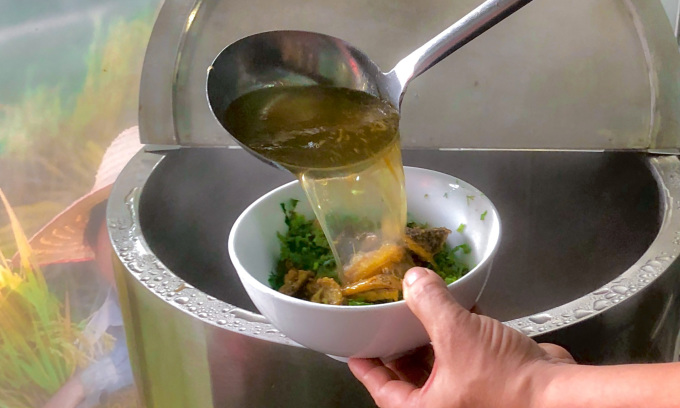
Quynh Coi fish soup is one of the specialties of Thai Binh province.
In April this year, Mr. Long went to Hanoi to open a Quynh Coi fish soup shop at 73 Vo Chi Cong, Tay Ho district, Hanoi. The shop is open during two time frames: 6am - 2pm and 4:30pm - 9pm. With an area of about 120 square meters, clean and airy space, the shop can accommodate about 40 - 50 customers at a time.
Although the restaurant is located in Hanoi, "the main ingredients are imported from Thai Binh to preserve the original delicious flavor of Quynh Coi fish soup," said Mr. Long. Quynh Coi fish soup has two main ingredients: perch and thin white rice paper from Doi village (the Chinese name is Du Hai). This is a famous traditional rice paper making village in Dong Hai commune, Quynh Phu district, Thai Binh. According to Mr. Long, Doi village's rice paper is thin, about 0.3 cm wide, clear white, thick and crispy. When cooked, the rice paper turns pure white, chewier and smells of rice. The only ingredient Mr. Long buys in Hanoi to ensure freshness is bitter mustard greens. All ingredients are imported on the same day.
From 5am, Mr. Long began the steps of preparing the ingredients to prepare for sale. The tilapia was scaled, the organs were cleaned, and the fish was boiled to remove the meat and bones. The process of removing the bones of the fish required skill so that the fish would not be crushed, then cut into pieces of about 3cm, marinated with spices for 30 minutes, then braised in oil over low heat until the fish was firm. Mr. Long had to braise each batch of fish for at least an hour so that the meat absorbed the spices and had a beautiful dark golden color.
The fish bones are simmered with pork bones (60% fish bones and 40% pork bones), dried onions, and crushed ginger for about 7-8 hours to make the broth. Mr. Long often takes advantage of the shop's mid-day break (2-4pm) to cook the broth for the next day, finishing it around 11pm. "While cooking, you have to constantly observe and adjust the parameters of the cooking pot to maintain a constant temperature to extract all the sweetness of the bones, without using MSG," he said.
The secondary but indispensable ingredient in Quynh Coi fish soup is green vegetables. When he first opened his restaurant in Hanoi, Mr. Long used mustard greens and Malabar spinach. However, seeing that Malabar spinach is not popular, he now only uses bitter mustard greens. The mustard greens are cut into 3cm pieces, mixed with chopped dill, and served in a bowl.
Although it is called soup, some of the steps to prepare Quynh Coi fish soup are similar to fish noodle soup or pho. White rice noodles and mustard greens are blanched in a separate pot of broth, then put into a bowl, add pieces of golden fish on top of the green vegetables, and pour the broth over.
Quynh Coi fish soup does not have many eye-catching colors. White rice paper, green vegetables, light yellow broth with dark yellow braised fish meat. The special thing is the tiny fish eggs on the surface of the soup bowl.
The cool bitterness of the mustard greens further accentuates the natural sweetness of the fish bones and meat. The crispy white rice noodles absorb the broth, turning chewy and sweet. Born and raised in Quynh Coi town, currently working in Hanoi, Vu Dang Phuong (26 years old) commented that the fish soup at Mr. Long's restaurant retains 90 - 95% of the original flavor of Quynh Coi fish soup. The broth has the aroma of onions and ginger, and the right consistency. The braised fish is flavorful but not mushy. The rice noodles from Doi village absorb the broth, becoming chewy and sweet, without becoming mushy or broken when picked up. "If you add spinach, the flavor of the fish soup will be richer," said Mr. Phuong.
As a person who has worked in tourism for 6 years, having had the opportunity to enjoy the specialties of his hometown in many provinces and cities, according to Phuong, "wherever Thai Binh people go, they can easily recognize their fellow countrymen through fish soup". In addition to Quynh Coi fish soup, Phuong has also enjoyed fish soup in Thai Binh city, characterized by red broth (from tomatoes or gac fruit juice), served with fried fish or fish cakes. However, Phuong still loves the taste of Quynh Coi fish soup, a dish associated with his childhood.
After about 5 months of opening, the restaurant now has a stable number of customers. Customers come to the restaurant from all ages, but the majority are middle-aged. Because the fish has been carefully deboned, many families also bring their children to enjoy. Sometimes, the restaurant also welcomes foreign guests.
Every day, Mr. Long processes 50 - 70 kg of fresh fish. On weekdays, the restaurant sells about 200 bowls. On weekends, there are more customers, the number doubles. Because fish soup tastes better when eaten hot, winter or cool days are the right time to enjoy it. The restaurant has two types of fish soup, a regular bowl for 40,000 VND and a special bowl for 55,000 VND. In addition, the restaurant also sells braised perch for 600,000 VND per kg and Doi village rice noodles for 45,000 VND per kg.
Although the restaurant is on the street and has a big sign, the house numbers on Vo Chi Cong street are not arranged in order, so first-time customers will often have a bit of difficulty finding them.
Making a bowl of fish soup is quite hard and time-consuming, but Mr. Long does not want to change the ingredients or any steps so that diners can enjoy the original flavor of Quynh Coi fish soup, a specialty of Thai Binh rice fields.
Source link










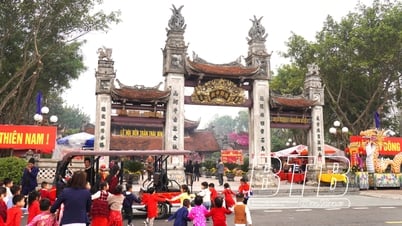

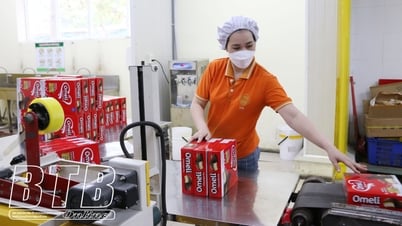







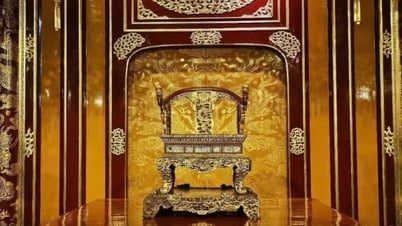





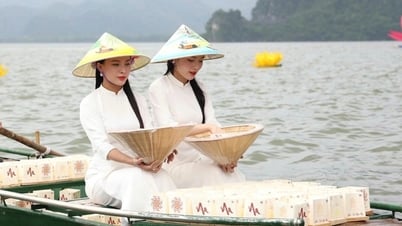

























































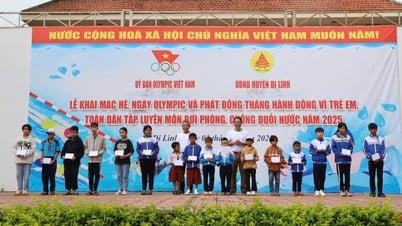


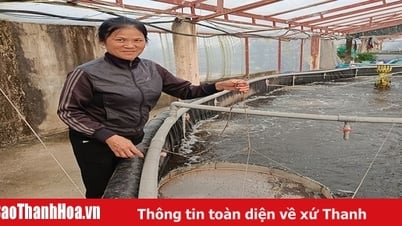
















Comment (0)